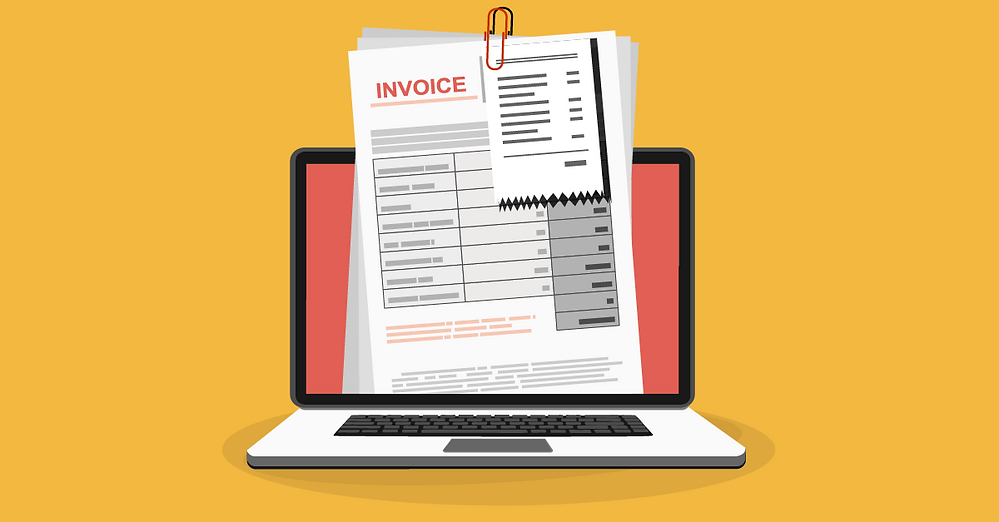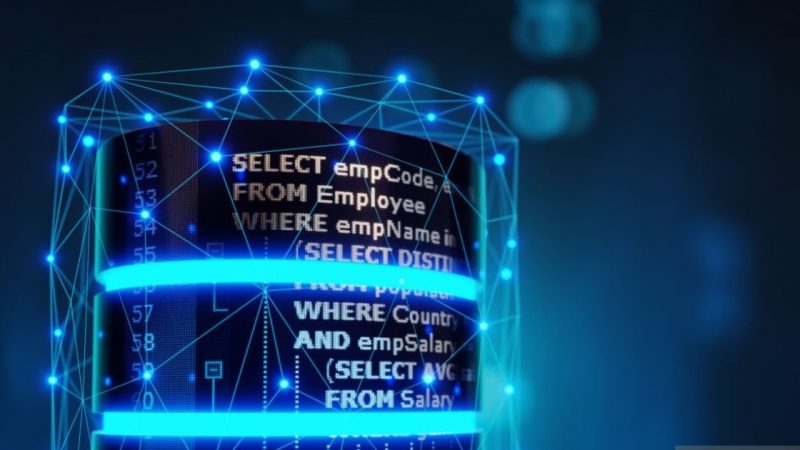Invoice errors too often prove to be a black hole for your time. The customer not only has to reach back out to the supplier in order to fix the problem, but employees will also have to invest even more time to investigate the cause of the invoice error. Following that (assuming you’re in an ideal scenario) an employee must act to ensure the issue doesn’t happen again. There are a number of reasons company’s efforts result in invoice errors, such as:
- Incorrect timing for payments
- Unexpected charges or incorrect pricing
- Wrong quantity relative to the purchase order
- Inaccurate customer information (wrong name, address, department etc.)
- Wrong tax rate
- Vague and obscure language and terms
These sorts of obstacles can all result in customer payment delays. If they occur consistently enough, your customers will lose all faith in you. Enterprises that can resolve these errors quickly will receive their payments faster and effectively have time to invest in activities driving the greatest amount of value. They also leave customers with trust in the organization’s ability to swiftly and accurately take on their issues.
Understanding the Impact of Invoice Errors
The American Productivity & Quality Center (APQC) has long had the measure of “The cycle time to resolve an invoice error”. This benchmark is based on the number of days needed to reconcile invoice line items with purchase orders and any receiving documents. Like with other cycle time measures, the cycle time to fix an invoice problem includes the time invested in actually executing the tasks and any time spent waiting for the process to advance. For instance, if an employee fixes an invoice in real-time during a customer call but does not further investigate with the new invoice until a couple days following, the cumulative time to resolve the invoice will total three days.
APQC also found that the lowest performers (75th percentile and below) waste twice as much time as the highest performers (25th percentile) in correcting invoice errors. In order to ensure that your team maximizes their productivity and evades difficult customers, keep track of this statistic and find the central causes of any systematic delays in error resolution.
Organizations that use paper invoices or that process invoices manually, with Excel or some sort of spreadsheet, run the highest risk of errors. Data entry or calculation mistakes are easy to make when manual human error is counted on to write or enter data into an invoice. But even enterprises with fully digitized invoicing commit errors when their data or processes are not well-ordered.
3 Mitigation Strategies
The following will dive into three effective strategies of leading enterprises to mitigate the risk of invoicing errors to the greatest possible results:
1. Ensure Data Accuracy
Even the most powerful automation tools are only as good as the data you collect. Missing, incorrect, or incomplete customer data means a heightened risk for invoicing errors that require time and energy to fix. When making a contract terms agreement with customers, you must also ensure that employees know the correct company billing name, the person’s name in the department that deals with the bills, a contact number for the person, and any other information needed to invoice the customer. This data should have a central indisputable source of true and up-to-date information that feeds into the company’s processes and systems.
2. Automate Customer Invoicing
Robotic process automation (RPA) involves software to execute repetitive, manual, or high-volume processes or process steps. Automated invoicing solutions can enter the data, crunch the numbers, and invoice the customer. These solutions greatly reduce or even eliminate manual data-entry errors and over time have become more cost-effective and accessible.
Automation also helps connect disparate systems across a company. Without such impactful connections, data entered in a single system may not transfer to another, or an employee will need to manually transfer the data, which also holds the risk of errors. Automation does take time and resources to implement successfully, but is ultimately a worthwhile endeavor for those reasons.
3. Ensure Accessibility of Your Documents
The most typical invoicing errors such as wrong pricing should be easy to resolve via recourse to an original contract, sales order or purchase order. Documents signed by both parties provide the agreement of record and supersede any conversations through phone or email. However, it takes longer for a team to fix an invoice error if they’re unable to find these documents quickly and easily. A centralized document repository, consistent naming conventions, and governance over the content are all indispensable components of solid planning surrounding invoice error prevention.
When errors do occur, the above practices empower a team to resolve them more quickly. With automated and integrated systems, accurate and quality customer data, and accessible documentation, the best enterprises can resolve invoicing errors in three days or less, and some are capable of such tasks in real-time.





